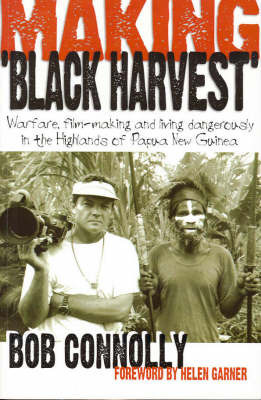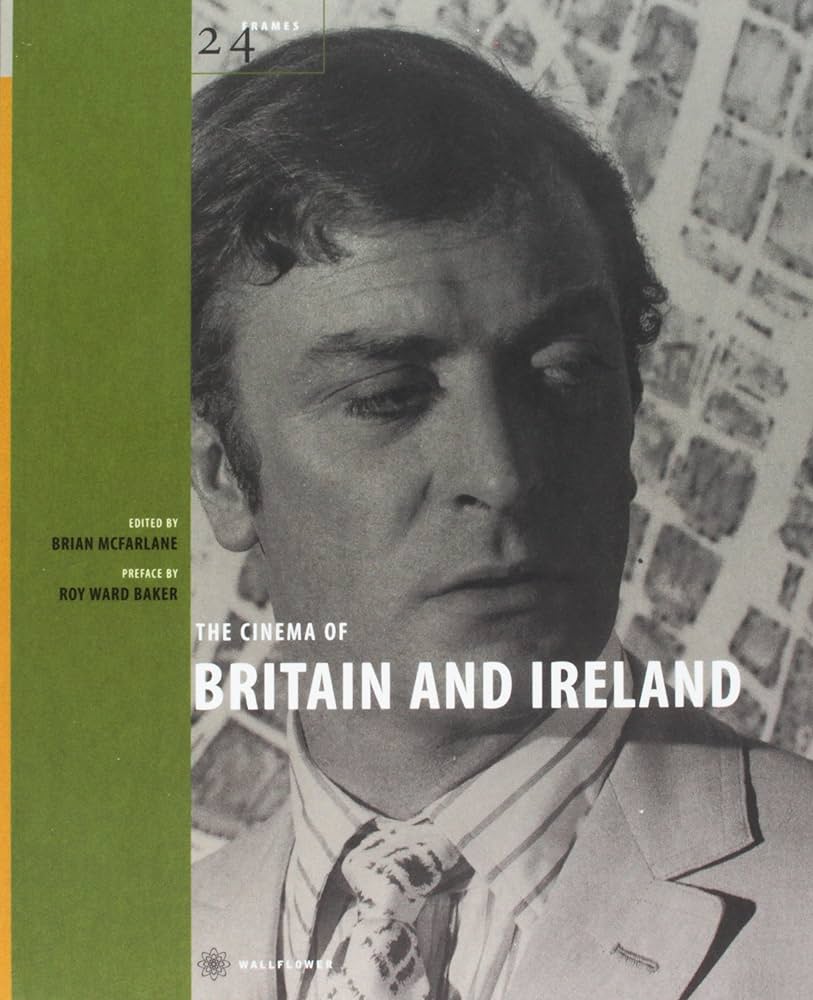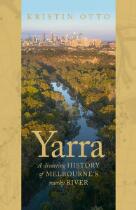Non Fiction
Making ‘Black Harvest’: Warfare, filmmaking and living dangerously in the highlands of Papua New Guinea by Bob Connolly
Bob Connolly and Robin Anderson – partners in life and work – made three documentaries in the Papua New Guinea Highlands: First Contact (1983), Joe Leahy’s Neighbours (1989) and Black Harvest (1992). These films have won several awards which is fitting, given that each exemplifies what is possible in the medium of observational filmmaking, where the drama evolving from real situations outdoes anything that could be imagined in a Hollywood studio. Of course, they were shrewd in their choice of subject. With its mixture of cultures and traditions, PNG offers plenty of conflict, the essential salt in the documentary pie. Anderson and Connolly had a special taste for salt – who else would have recognised local mayoral elections as a site of grand drama as they did for Rats in the Ranks (1996)?
... (read more)Picturesque Pursuits: Colonial women artists and the amateur tradition by Caroline Jordan
Picturesque Pursuits is a pioneering survey of a neglected area within Australian cultural history: the lives and works of colonial women artists. Caroline Jordan places her analysis of this subject within a broader social, political and historical frame. This approach allows her to reveal the multifaceted importance of an art tradition that was often interwoven with women’s daily domestic life. Evidently, colonial women’s art does not conform to traditional notions of a studio based ‘high art’, and its significance extends beyond the limited definitions of this category. As Jordan points out, most women artists produced works that were confined to the lower-value genres of miniatures, botanical studies, picturesque sketches and scrapbook collages. Their works were often small-scale mixed-media pieces of varying technical proficiency. The fact that the majority of colonial women’s art is found in libraries and archives rather than in the major galleries has further con- tributed to its virtual exclusion from the high-art canon.
... (read more)The Cinema of Britain and Ireland edited by Brian McFarlane
Robert Murphy, in his contribution to this collection of essays on The Cinema of Britain and Ireland, focuses on a little-seen example of the ‘British noir tradition’, Robert Hamer’s The Long Memory (1952). Murphy makes a convincing case for The Long Memory, placing it in the frame with other, better-known contributions to the genre such as John Boulting’s Brighton Rock (1947), Hamer’s own, earlier It Never Rains on Sundays (1947) and, best known of all, Carol Reed’s The Third Man (1949). The Long Memory, Murphy concludes, is ‘a good example of the invisibility of British cinema’, and in that striking phrase he seems to imply that the fate of forgotten or neglected British films such as The Long Memory is to be doubly invisible, relegated to an also-ran position within a national cinema that has itself been unfairly relegated over the years.
... (read more)Yarra by Kristin Otto & The Vision Splendid by Richard Waterhouse
I remember Richard Waterhouse as my lecturer in American colonial history at Sydney University in 1978. Then in his late twenties, he stood at the lectern as if itching to break free, arms flailing, feet shifting, constantly pushing his glasses back up the bridge of his nose; every lecture had its moment of vaudeville. After daily suffering the monotone perorations of those who stood entombed in their academic gowns, I enjoyed his lectures, which seemed driven by an infectious curiosity about the past. Perhaps it was also the material that captured the students’ imagination. American history, laced as it was with any number of grand and naïve utopias, could be read as epic and tragic drama, a constant fall from grace.
... (read more)Written in hotel rooms while working as a professional actor in various indigenous film, television and theatre productions, Peter Docker’s Someone Else’s Country is a deeply sensitive and at times intensely visceral engagement with contemporary indigenous culture. A work of non-fiction (the names are fictionalised), it is also a powerful historical document, which has at its heart the struggle of a non-indigenous author trying to find an authentic position from which to discuss the indigenous culture with which he largely identifies.
... (read more)Of Marriage, Violence and Sorcery: The quest for power in Northern Queensland by David McKnight
This is the last of David McKnight’s quartet of books on the Lardil people of Mornington Island, with whom he has worked from his first field trip in 1966 until his most recent in 2001. (For reviews in these pages of two of them, From Hunting to Drinking and Going the Whiteman’s Way, see the October 2004 and the February 2005 issues, respectively.) The title is characteristically challenging. A struggle for power in what we are always being assured was a tranquilly ordered society? Most of us have seen the pretty diagrams representing ‘traditional Aboriginal marriage practice’. How could violence and sorcery intrude on those elegant, iron-clad arrangements? Where all is prescribed, how can there be a struggle for power? And power over what?
... (read more)Secrets of the Jury Room by Malcolm Knox & The Gentle Art of Persuasion by Chester Porter
According to Aristotle, rhetoric is ‘the ability, in each particular case, to see the available means of persuasion’. In today’s parlance, the term is often used pejoratively, connoting an obfuscation of truth. This would come as no surprise to Aristotle, whose treatise on the topic, Rhetorica, demonstrated an acute awareness of the dangers posed by the adroit manipulation of the means of persuasion for dubious ends.
... (read more)A Word On Words by Pam Peters & Away With Words by Ruth Wajnryb
Books on language have been immensely popular in recent years. Simon Winchester’s The Surgeon of Crowthorne (1999) was a study of the relationship between James Murray, the editor of the Oxford English Dictionary, and the insane citation collector Dr Minor. Winchester followed this with The Meaning of Everything (2003), a history of the Oxford English Dictionary project. In Australia, the reception of Don Watson’s Death Sentence: The Decay of Public Language (2003) and of Watson’s Dictionary of Weasel Words (2004) demonstrated the general reading public’s interest in language matters.
... (read more)The Diaries of Donald Friend, Volume 3 edited by Paul Hetherington
With the greatest novels, you can plunge into them anywhere and still savour their greatness; it is recognisable on every page. You won’t need to have read the two earlier volumes of these edited diaries to recognise that same quality throughout the third – and I mean novelistic greatness, of which all the great diaries (from Samuel Pepys’s to James Lees-Milne’s) partake in important ways.
... (read more)Invisible Yet Enduring Lilacs by Gerald Murnane & Literati by James Phelan
I could always rely on Gerald Murnane for a beautiful quote. Nine years ago, when I was researching a piece on writers and technology, he told me he wrote all his books on a manual typewriter with the index finger of his right hand: ‘My favourite word to type, as a one-finger typist, is “afterwards”,’ Murnane told me over the phone. ‘It’s a beautiful whirly movement with one finger.’ Afterwards, as I transcribed his perfectly weighted sentences, it was clear that Murnane had probably already written the words he spoke to me. ‘I tend to think of words as written things rather than spoken things,’ Murnane writes in ‘The Breathing Author’, one of the more recent pieces in Invisible Yet Enduring Lilacs, his first book in a decade. ‘While I speak, I often visualise my words as being written somewhere at the same time.’
... (read more)










